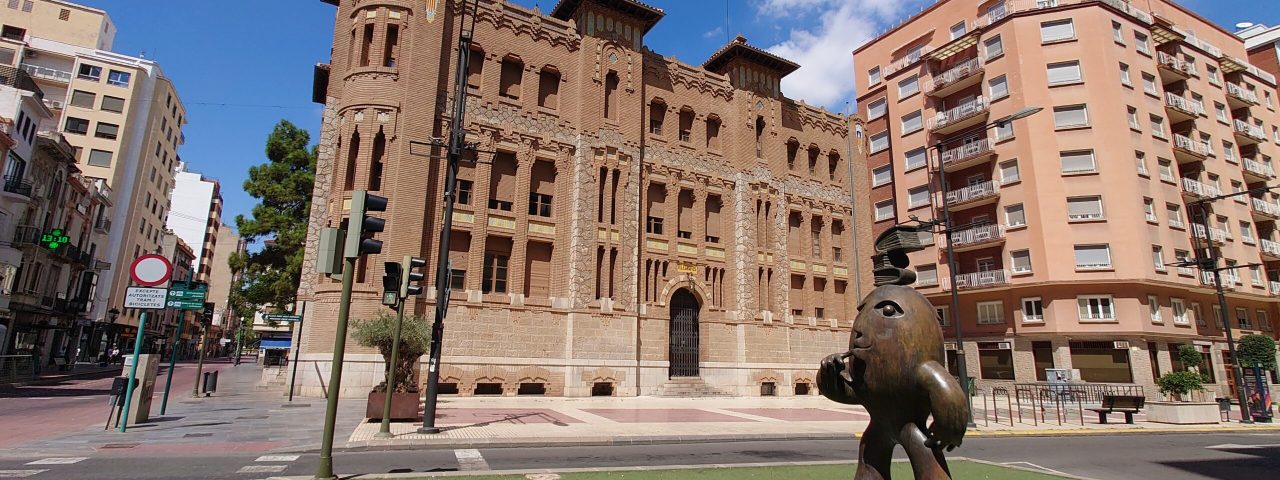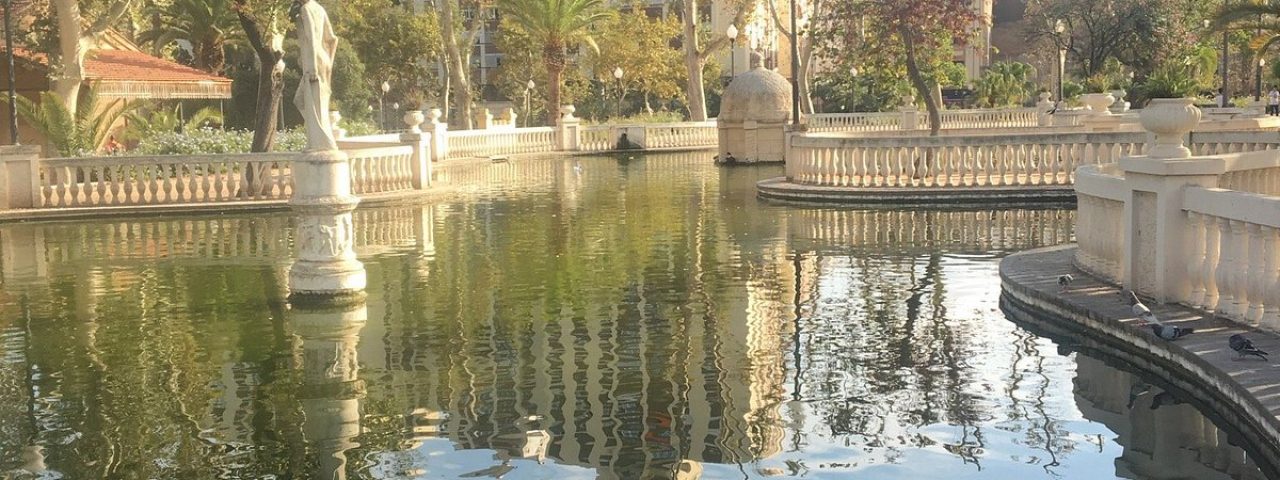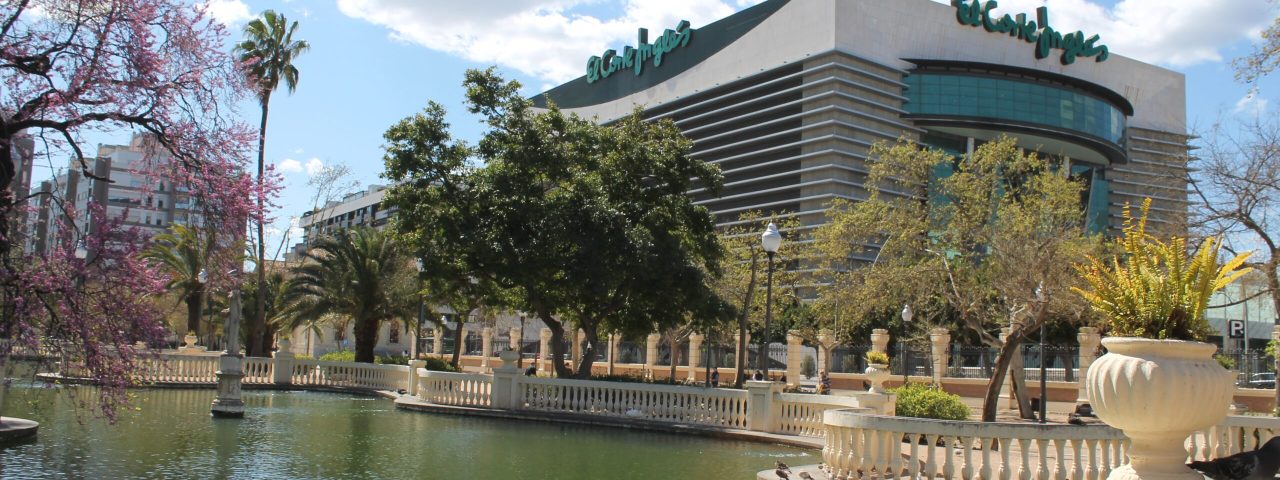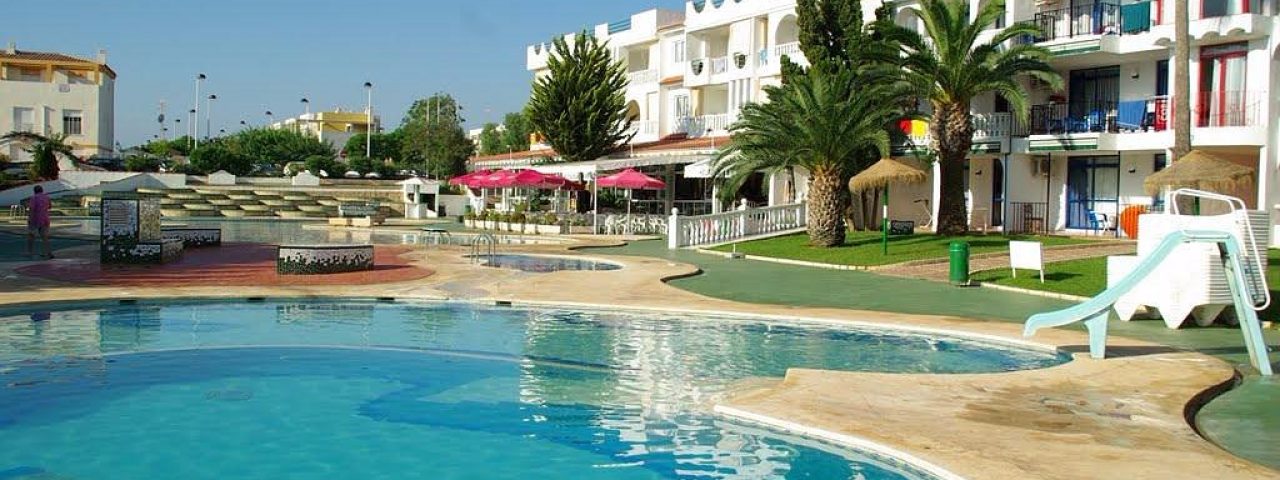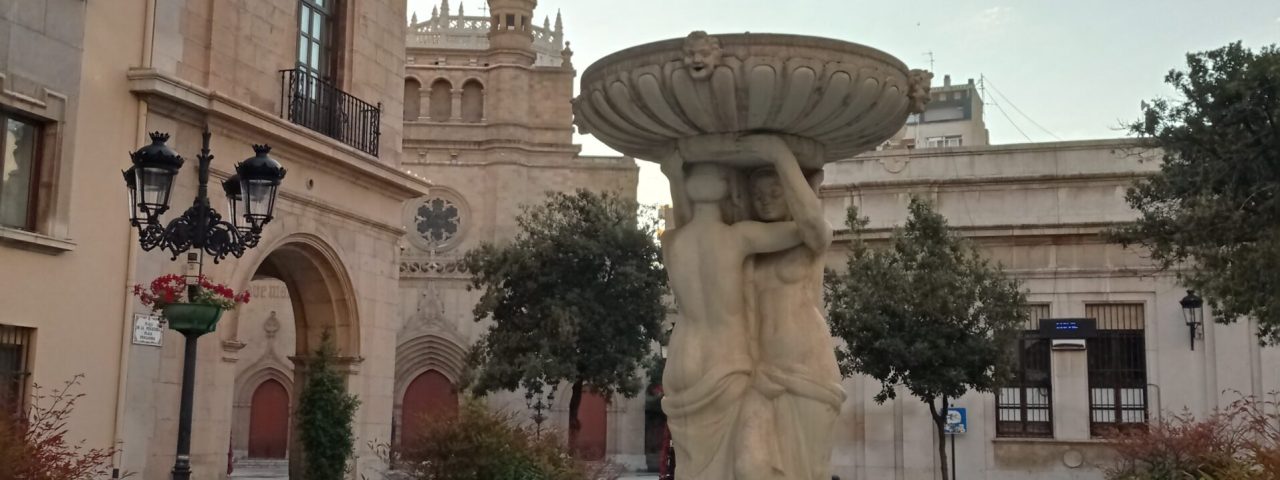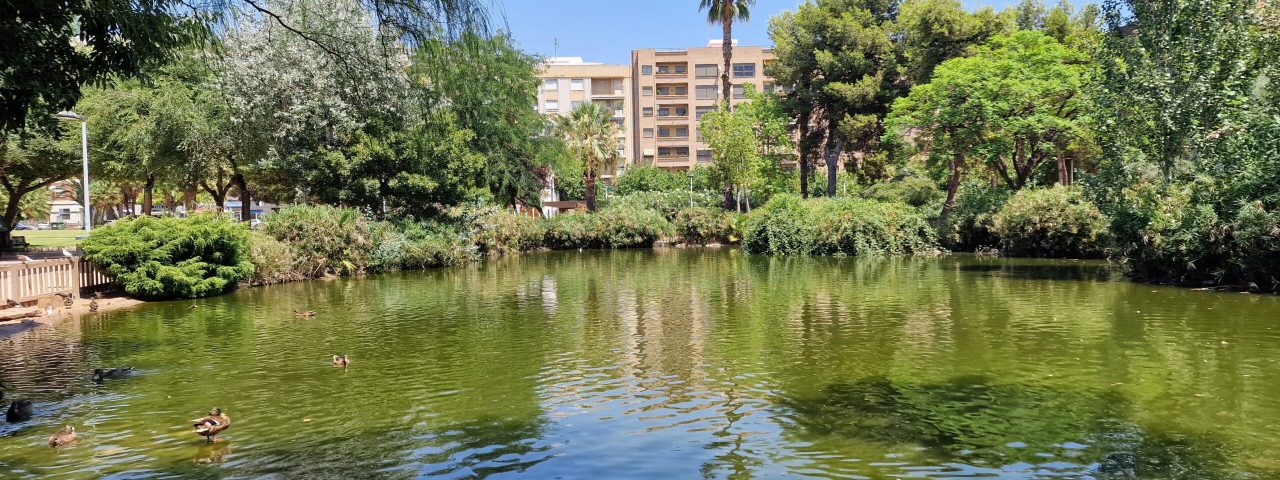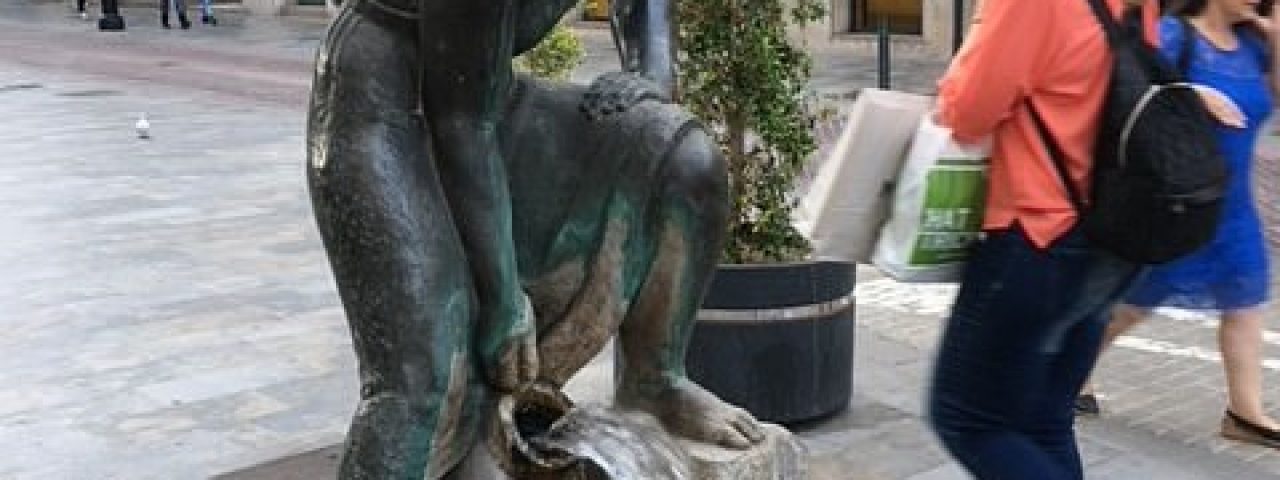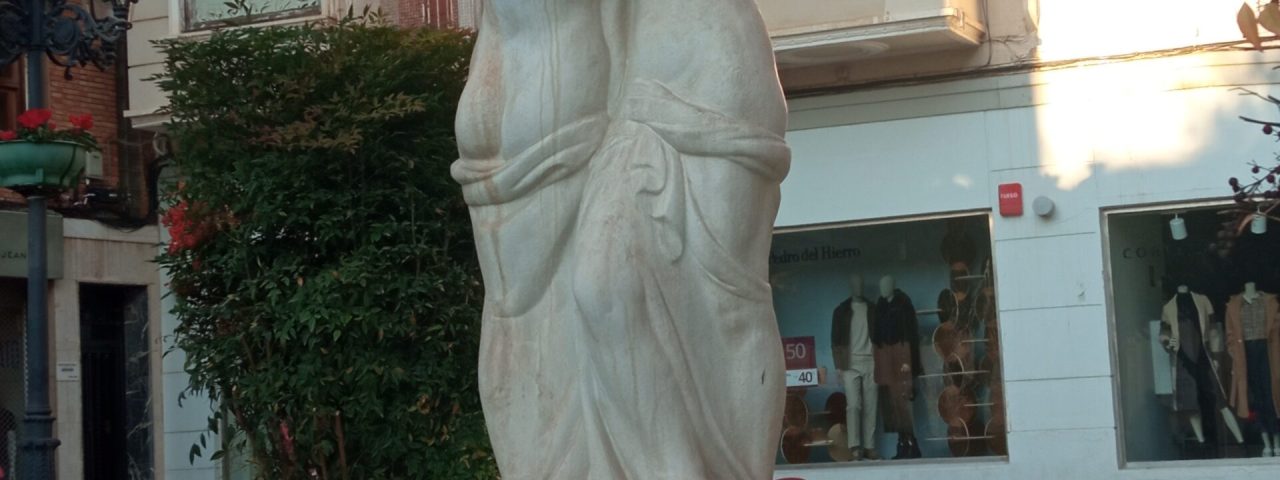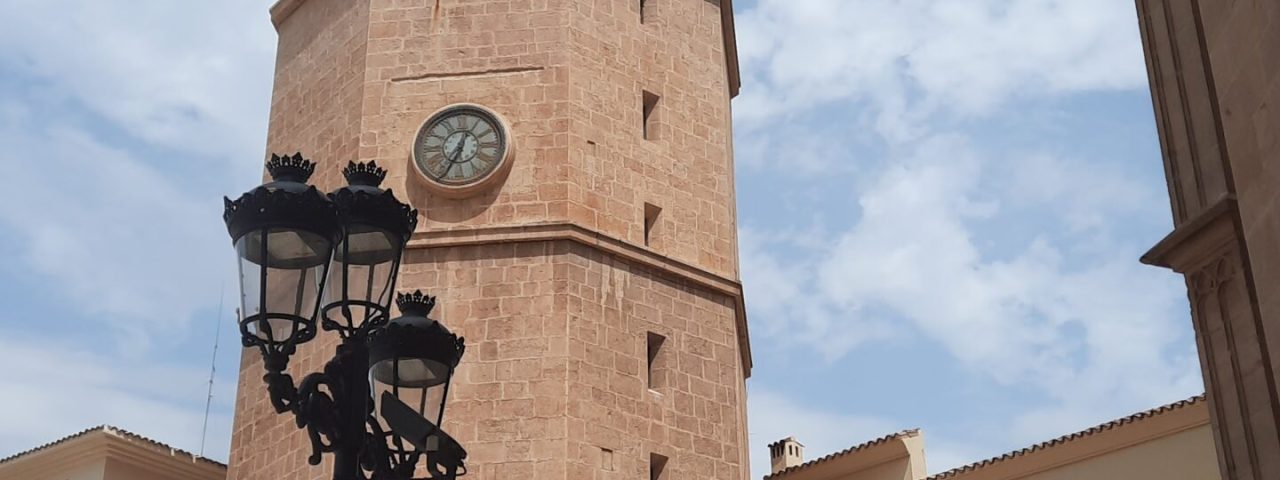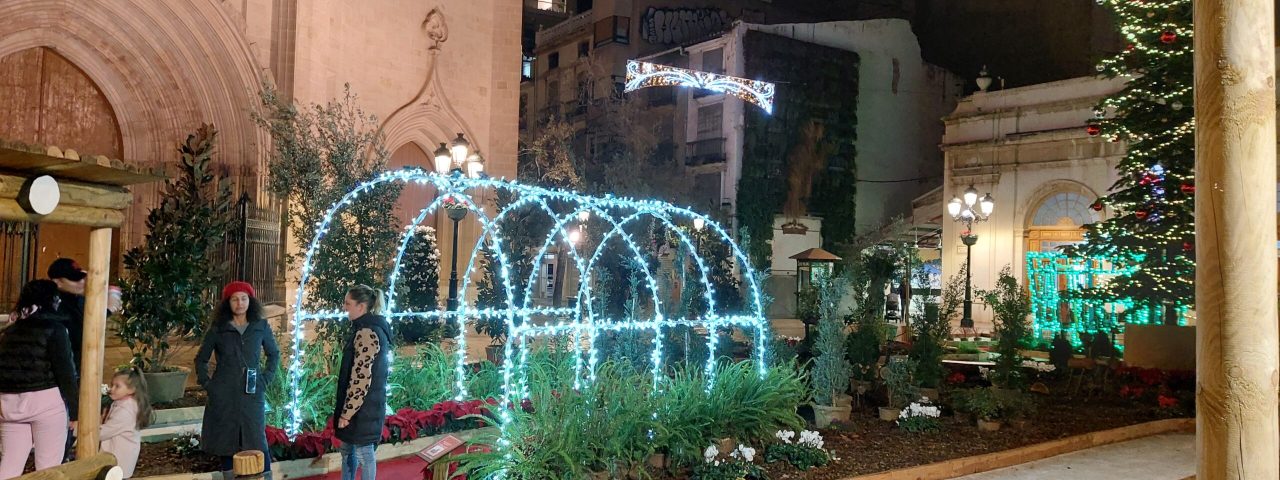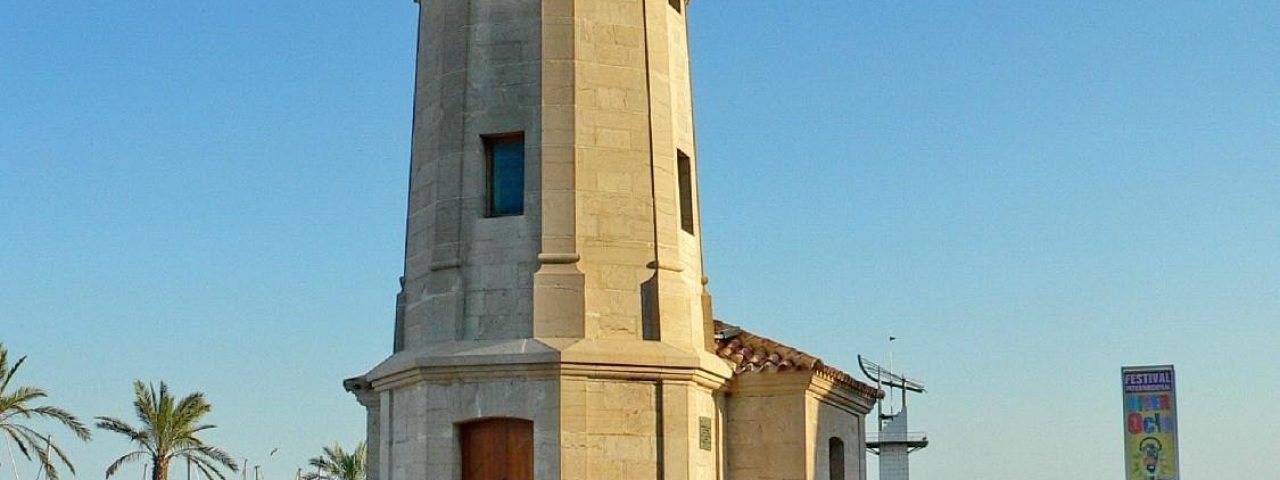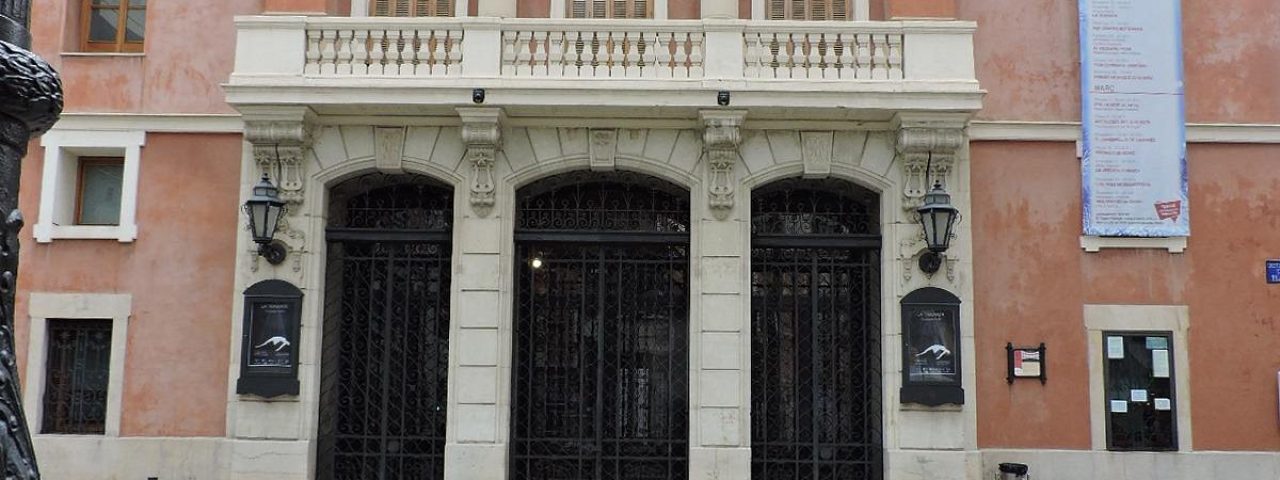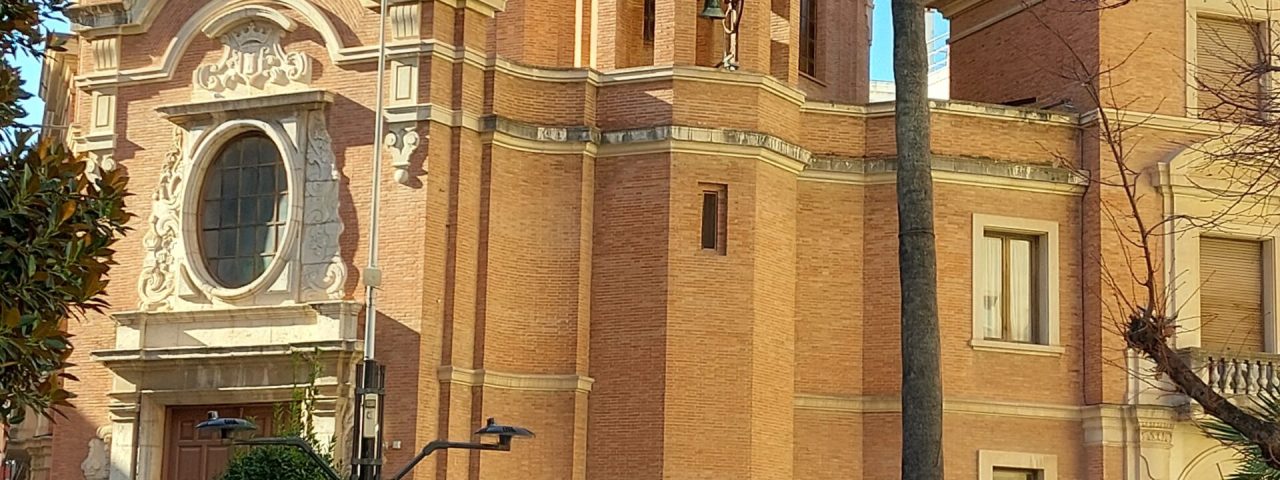Castellón de la Plana has a rich history that dates back to its founding in 1251, during the Christian reconquest of Spain from the Moors. However, the region itself was inhabited long before by Roman settlers and later Moorish communities, each leaving their cultural imprints on the area. The city’s modern development began under King Jaume I of Aragon, who played a significant role in shaping the city’s urban layout, culture, and architecture.
Culturally, Castellón de la Plana is known for its strong Valencian traditions, with the annual Magdalena Festival standing out as the most important celebration. This nine-day festival, held in March, commemorates the city’s medieval origins with parades, fireworks, music, and traditional performances. The streets come alive with colorful processions, folklore, and the construction of giant “gaiatas” (illuminated sculptures) that celebrate the city’s heritage.
In addition to festivals, Castellón de la Plana is home to a rich variety of customs, from traditional Valencian dance and music to its vibrant ceramic craftsmanship, which can be seen in many of the city’s decorations and local shops. The city’s history and culture are deeply intertwined, providing a unique atmosphere that captures the essence of the Valencian region.
